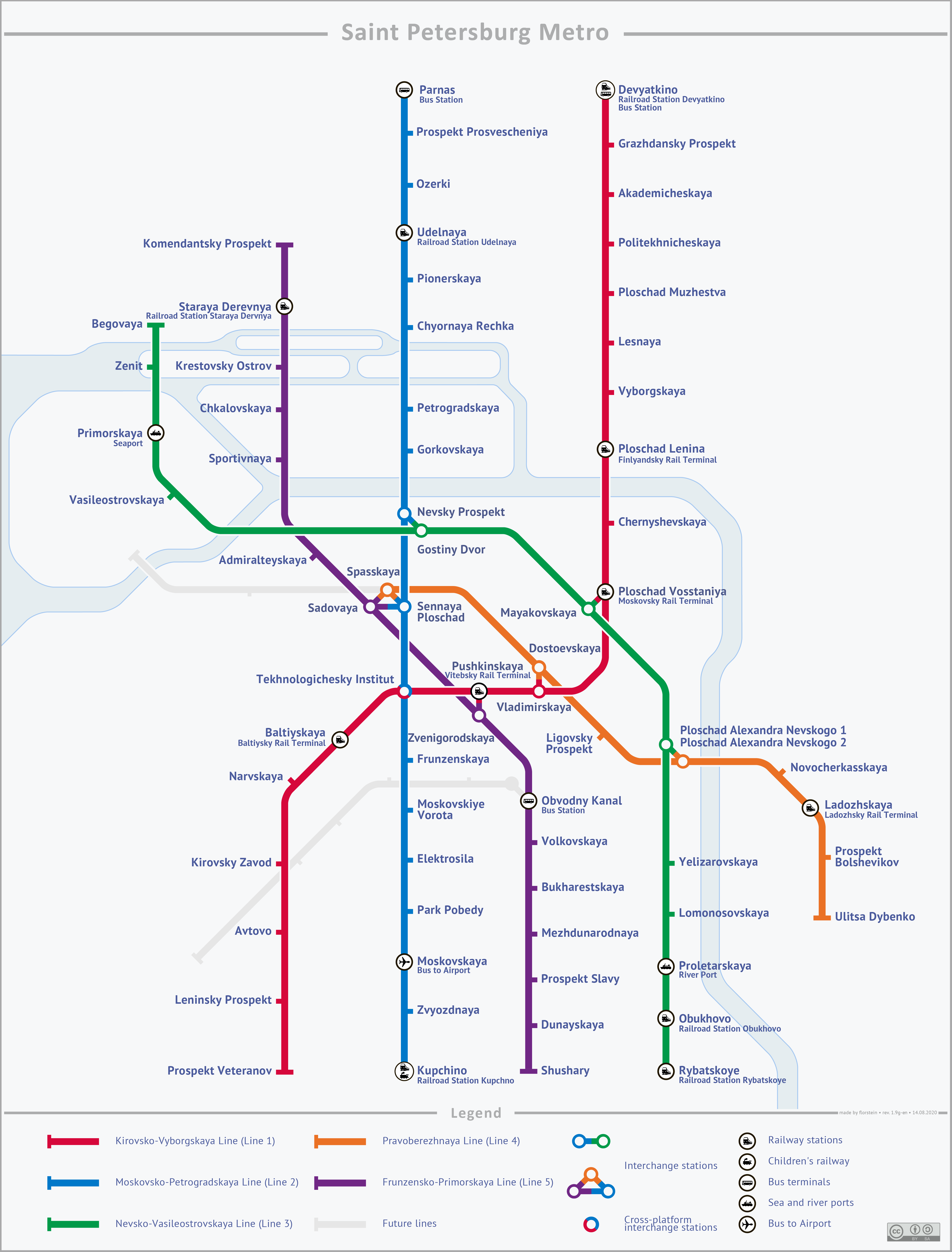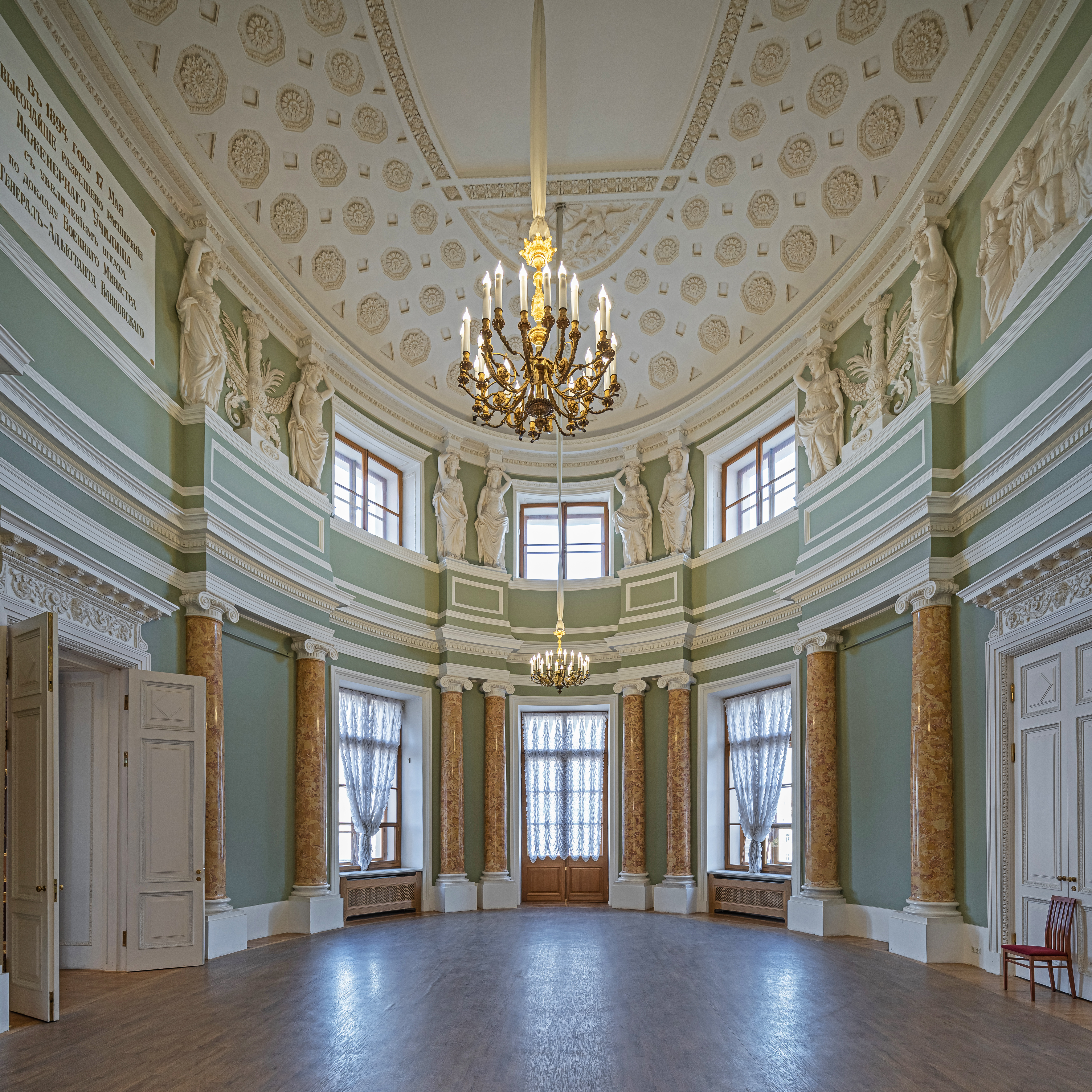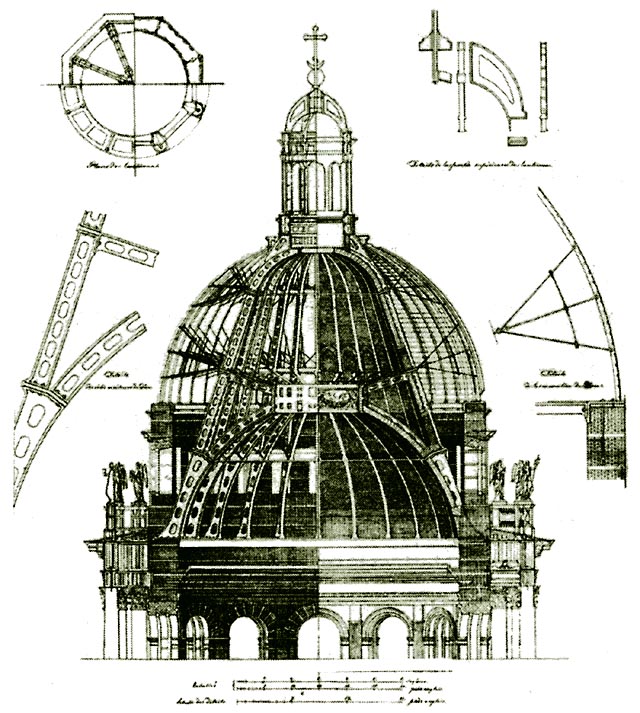|
Ruskeala Park
Ruskeala (; ) is a rural locality (a settlement) under the administrative jurisdiction of the town of republic significance of Sortavala in the Republic of Karelia, Russia. Within the framework of municipal divisions, Ruskeala is a part of Kaalamskoye Rural Settlement in Sortavalsky Municipal District. An international tourist route, Blue Highway (Norway-Sweden-Finland-Russia) goes through Ruskeala. History Before the Winter War and Continuation War, it was the seat of Ruskeala Municipality of the Viipuri Province in Finland. Ruskeala became the main village of its own parish, independent of Kitee, in 1721. Quarries Not far from the settlement, the Ruskeala marble quarries are located. The deposit was discovered in 1765 and has been in operation since 1769. The integrity of the massif of the marble was cracked in the 20th century due to the use of dynamite. For this reason some quarries were abandoned and inundated. Now these picturesque deep quarries and adits with l ... [...More Info...] [...Related Items...] OR: [Wikipedia] [Google] [Baidu] |
Republic Of Karelia
The Republic of Karelia, or simply Karelia or Karjala (; ) is a Republics of Russia, republic of Russia situated in the Northwest Russia, northwest of the country. The republic is a part of the Northwestern Federal District, and covers an area of , with a population of 533,121 residents. Its capital city, capital is Petrozavodsk. The modern Karelian Republic was founded as an autonomous republic within the Russian SFSR, by the Resolution of the Presidium of the All-Russian Central Executive Committee (VTsIK) on 27 June 1923 and by the Decree of the VTsIK and the Council of People's Commissars of 25 July 1923, from the Karelian Labor Commune, Karelian Labour Commune. From 1940 to 1956, it was known as the Karelo-Finnish Soviet Socialist Republic, one of the Republics of the Soviet Union, republics of the Soviet Union. In 1956, it was once again made an autonomous republic and remained part of Russia following the dissolution of the Soviet Union in 1991. Etymology "Karelia" deriv ... [...More Info...] [...Related Items...] OR: [Wikipedia] [Google] [Baidu] |
Marble
Marble is a metamorphic rock consisting of carbonate minerals (most commonly calcite (CaCO3) or Dolomite (mineral), dolomite (CaMg(CO3)2) that have recrystallized under the influence of heat and pressure. It has a crystalline texture, and is typically not Foliation (geology), foliated (Layered intrusion, layered), although there are exceptions. In geology, the term ''marble'' refers to metamorphosed limestone, but its use in stonemasonry more broadly encompasses unmetamorphosed limestone. The extraction of marble is performed by quarrying. Marble production is dominated by four countries: China, Italy, India and Spain, which account for almost half of world production of marble and decorative stone. Because of its high hardness and strong wear resistance, and because it will not be deformed by temperature, marble is often used in Marble sculpture, sculpture and construction. Etymology The word "marble" derives from the Ancient Greek (), from (), "crystalline rock, shin ... [...More Info...] [...Related Items...] OR: [Wikipedia] [Google] [Baidu] |
Ladozhskaya
Ladozhskaya () is a rural locality (a ''stanitsa'') in Ust-Labinsky District of Krasnodar Krai, Russia, located on the Kuban River The Kuban is a river in Russia that flows through the Western Caucasus and drains into the Sea of Azov. The Kuban runs mostly through Krasnodar Krai for , but also in the Karachay–Cherkess Republic, Stavropol Krai and the Republic of Adygea. .... Population: References {{Authority control 1802 establishments in the Russian Empire Populated places established in 1802 Rural localities in Krasnodar Krai ... [...More Info...] [...Related Items...] OR: [Wikipedia] [Google] [Baidu] |
Primorskaya (Saint Petersburg Metro)
Primorskaya () is the station of the Nevsko–Vasileostrovskaya Line (Line 3) of the Saint Petersburg Metro. It was designed by V.N. Sokolov, M.I. Starodubov and V.A. Penno and opened on 28 September 1979. The opening of the station, situated in the western part of Vasilievsky Island, was designed to coincide with the expansion of the local neighborhoods. Like many stations built during the Cold War era, it was designed to double as a fallout shelter. Thus, the underground portion of the station features a set of blast doors a few meters before the escalator. The station's exit vestibule was eventually expanded to house one of the system's communication centers. The building also hosts a metro museum and Metropoliten cafe. Local landmarks It is also fairly close to Novosmolenskaya Cemetery, the city's first cemetery. Recent developments and plans The station is slated to have a transfer link to the Pravoberezhnaya Line. The station it will link to will probably be called Primors ... [...More Info...] [...Related Items...] OR: [Wikipedia] [Google] [Baidu] |
Saint Petersburg Metro
The Saint Petersburg Metro () is a rapid transit system in Saint Petersburg, Russia. Construction began in early 1941, but was put on hold due to World War II and the subsequent Siege of Leningrad, during which the constructed stations were used as bomb shelters. It was finally opened on 15 November 1955. Formerly known as the ''Order of Lenin Leningrad Metro named after Vladimir Lenin, V. I. Lenin'' (), the system exhibits many typical Stalinist architecture, Soviet designs and features exquisite decorations and artwork making it one of the most attractive and elegant metros in the world. Due to the Geography of Saint Petersburg, city's unique geology, the Saint Petersburg Metro is also one of the deepest metro systems in the world and the deepest by the average depth of all the stations. The system's deepest station, Admiralteyskaya (Saint Petersburg Metro), Admiralteyskaya, is below ground. The network consists of 5 lines with a total length of . It has list of Saint Petersbur ... [...More Info...] [...Related Items...] OR: [Wikipedia] [Google] [Baidu] |
Kazan Cathedral, St
Kazan; , IPA: Help:IPA/Tatar, [qɑzan] is the largest city and capital city, capital of Tatarstan, Russia. The city lies at the confluence of the Volga and the Kazanka (river), Kazanka Rivers, covering an area of , with a population of over 1.3 million residents, and up to nearly 2 million residents in the greater Kazan metropolitan area, metropolitan area. Kazan is the List of cities and towns in Russia by population, fifth-largest city in Russia, being the Volga#Biggest cities on the shores of the Volga, most populous city on the Volga, as well as within the Volga Federal District. Historically, Kazan was the capital of the Khanate of Kazan, and was Siege of Kazan, conquered by Ivan the Terrible in the 16th century, at which point the city became a part of the Tsardom of Russia. The city was seized (and largely destroyed) during Pugachev's Rebellion (1773–1775), but was later rebuilt during the reign of Catherine the Great. In the following centuries, Kazan grew to become a ... [...More Info...] [...Related Items...] OR: [Wikipedia] [Google] [Baidu] |
Hermitage Museum
The State Hermitage Museum ( rus, Государственный Эрмитаж, r=Gosudarstvennyj Ermitaž, p=ɡəsʊˈdarstvʲɪn(ː)ɨj ɪrmʲɪˈtaʂ, links=no) is a museum of art and culture in Saint Petersburg, Russia, and holds the largest collection of paintings in the world. It was founded in 1764 when Empress Catherine the Great acquired a collection of paintings from the Berlin merchant Johann Ernst Gotzkowsky. The museum celebrates the anniversary of its founding each year on 7 December, Saint Catherine's Day. It has been open to the public since 1852. ''The Art Newspaper'' ranked the museum 10th in their list of the List of most visited art museums, most visited art museums, with 2,812,913 visitors in 2022. Its collections, of which only a small part is on permanent display, comprise over three million items (the numismatics, numismatic collection accounting for about one-third of them). The collections occupy a large complex of six historic buildings along Palace ... [...More Info...] [...Related Items...] OR: [Wikipedia] [Google] [Baidu] |
Winter Palace
The Winter Palace is a palace in Saint Petersburg that served as the official residence of the House of Romanov, previous emperors, from 1732 to 1917. The palace and its precincts now house the Hermitage Museum. The floor area is 233,345 square metres (it has been calculated that the palace contains 1,886 doors, 1,945 windows, 1,500 rooms and 117 staircases). The total area of the Winter Palace is 14.2 hectares. Situated between Palace Embankment and Palace Square, adjacent to the site of Peter the Great's original Winter Palace, the present and fourth Winter Palace was built and altered almost continuously between the late 1730s and 1837, when it was severely damaged by fire and immediately rebuilt. The storming of the palace in 1917, as depicted in Soviet art and in Sergei Eisenstein's 1928 film ''October: Ten Days That Shook the World, October'', became a symbol of the October Revolution. The emperors constructed their palaces on a monumental scale that aimed to reflect the m ... [...More Info...] [...Related Items...] OR: [Wikipedia] [Google] [Baidu] |
Saint Michael's Castle
Saint Michael's Castle (, ''Mikhailovsky zamok''), also called the Mikhailovsky Castle or the Engineers' Castle (, ''Inzhenerny zamok''), is a former royal residence in the historic centre of Saint Petersburg, Russia. Saint Michael's Castle was built as a residence for Emperor Paul I of Russia by architects Vincenzo Brenna and Vasily Bazhenov in 1797–1801. It was named for St Michael the Archangel, patron saint of the royal family. The castle looks different from each side, as the architects used motifs of various architectural styles such as French Classicism, Italian Renaissance and Gothic. Saint Michael's Castle was built to the south of the Summer Garden and replaced the small wooden palace of Empress Elizabeth Petrovna. Afraid of intrigues and assassination plots, Emperor Paul I disliked the Winter Palace where he never felt safe. Due to his personal fascination with medieval knights and his constant fear of assassination, the new royal residence was built like ... [...More Info...] [...Related Items...] OR: [Wikipedia] [Google] [Baidu] |
Marble Palace
The Marble Palace () is one of the first Neoclassical palaces in Saint Petersburg, Russia. It is situated between the Field of Mars and Palace Quay, slightly to the east from New Michael Palace. Design and pre-1917 owners The palace was built as a gift from Empress Catherine the Great for Count Grigory Orlov, her favourite and the most powerful Russian nobleman of the 1760s. Construction started in 1768 to designs by Antonio Rinaldi, who previously had helped decorate the grand palace at Caserta near Naples, and lasted for 17 years. The palace takes its name from its opulent decoration in a wide variety of polychrome marbles. A rough-grained Finnish granite on the ground floor is in subtle contrast to polished pink Karelian marble of the pilasters and white Urals marble of capitals and festoons. Panels of veined bluish gray Urals marble separate the floors, while Tallinn dolomite was employed for ornamental urns. In all, 32 disparate shades of marble were used to deco ... [...More Info...] [...Related Items...] OR: [Wikipedia] [Google] [Baidu] |
Saint Isaac's Cathedral
Saint Isaac's Cathedral () is a large architectural landmark cathedral that currently functions as a museum with occasional church services in Saint Petersburg, Russia. It is dedicated to Saint Isaac of Dalmatia, a patron saint of Peter the Great, who had been born on the feast day of that saint. It was originally built as a cathedral but was turned into a museum by the Soviet government in 1931 and has remained a museum ever since, with church services held in a side chapel since the 1990s. In 2017, the Governor of Saint Petersburg offered to transfer the cathedral back to the Russian Orthodox Church, but this was not accomplished due to the protests of St Petersburg citizens opposing the offer. History The church on St Isaac's Square was ordered by Tsar Alexander I, to replace an earlier structure by Vincenzo Brenna, and was the fourth consecutive church standing at this place. A specially appointed commission examined several designs, including that of the French-born a ... [...More Info...] [...Related Items...] OR: [Wikipedia] [Google] [Baidu] |
Saint Petersburg
Saint Petersburg, formerly known as Petrograd and later Leningrad, is the List of cities and towns in Russia by population, second-largest city in Russia after Moscow. It is situated on the Neva, River Neva, at the head of the Gulf of Finland on the Baltic Sea. The city had a population of 5,601,911 residents as of 2021, with more than 6.4 million people living in the Saint Petersburg metropolitan area, metropolitan area. Saint Petersburg is the List of European cities by population within city limits, fourth-most populous city in Europe, the List of cities and towns around the Baltic Sea, most populous city on the Baltic Sea, and the world's List of northernmost items#Cities and settlements, northernmost city of more than 1 million residents. As the former capital of the Russian Empire, and a Ports of the Baltic Sea, historically strategic port, it is governed as a Federal cities of Russia, federal city. The city was founded by Tsar Peter the Great on 27 May 1703 on the s ... [...More Info...] [...Related Items...] OR: [Wikipedia] [Google] [Baidu] |







